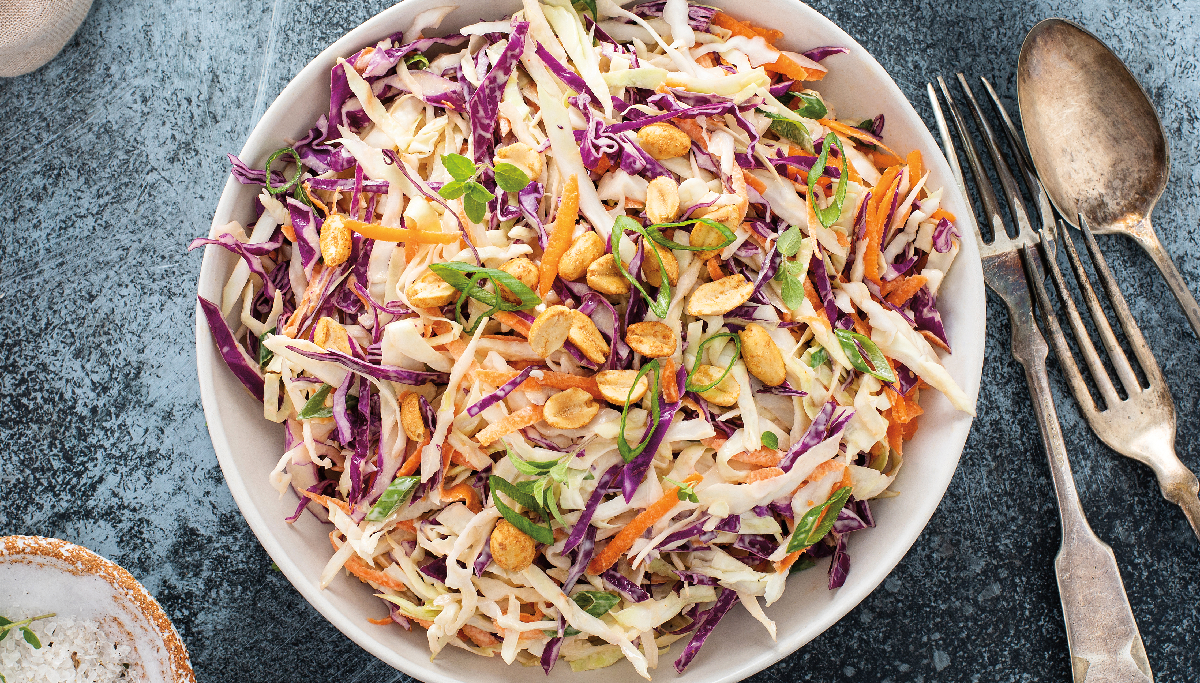Choosing better bread
You can enjoy bread as part of a well-rounded, nutritious diet. But not all breads are created equal – some are better for your health than others.
How can bread harm your health? Products with processed flour and a lot of added sugar can stick to your teeth and breed bacteria. The bacteria, over time, can lead to plaque, gum disease, and other issues. Here’s what to look for so you can protect your smile.
How to choose healthier bread
It’s important to read food labels. There’s a lot of information listed there, but when it comes to bread, here’s what to look for:
- Whole grains should be listed as a primary ingredient because processed grains lose nutrients and often have more sugar.
- Added sugar can make any bread unhealthy. Try and stay below the recommended daily allowance.
- Fiber helps fight gum disease and can be found in whole grains. Look for at least 3 grams of fiber per serving.
The risks and rewards of different bread types
White bread
Probably the worst choice for your health, white bread usually has a high sugar count. It also loses fiber and most other nutrients when the flour is processed.
100% whole wheat
Whole grain or whole wheat bread provides vitamins, whole grains, and fiber. Fiber helps make you feel full, which can help you snack less and keep your mouth clean. But not all wheat breads are equal. Check the food label to make sure “whole grains” are listed and to review the added sugar content.
Rye
A good source of mouth-friendly nutrients such as magnesium, potassium, antioxidants, and fiber. Many rye breads on the market are not made with whole grains through, so make sure to read the food label and see if “whole grains” is listed as the top ingredient.
Sourdough
This choice doesn’t offer any oral health benefits. If you love sourdough, it does provide microbes that benefit your gut health by breaking down proteins earlier. This makes it easier to digest than many other breads.
Gluten-free
These breads are made with ingredients like rice flour and potato flour instead of wheat, rye, and barley. They can be high in fat, sugar, and salt, and offer less fiber and B vitamins. If you can’t eat gluten, be extra careful reading these food labels.
Ezekiel bread
Another healthier choice, this bread provides vitamin C, has no added sugar, and is made from sprouted whole grains such as wheat and barley. Because it has less sugar, it can be a better choice for your oral health.
Whenever possible, choose whole grain, high fiber options like whole grain or Ezekiel bread. They can be part of a healthy diet and the nutrients they provide can lower cholesterol level and risk of heart disease, stroke, type 2 diabetes, and cancer. When you do eat bread, try to minimize any risk with a good oral health routine and plenty of water.
The health risks of pica cravings
Have you even been unable to stop yourself from eating soap, ice, or other things that aren’t food? You might have pica.
On topic with Dr. Dill: The pros and cons of probiotics
Some use probiotic supplements because they hope “good bacteria” will improve their health. Do they make a difference?
Mouth-friendly recipe: healthy coleslaw
This crisp, flavorful and healthy side dish is the perfect highlight to any barbecue or summer gathering.








